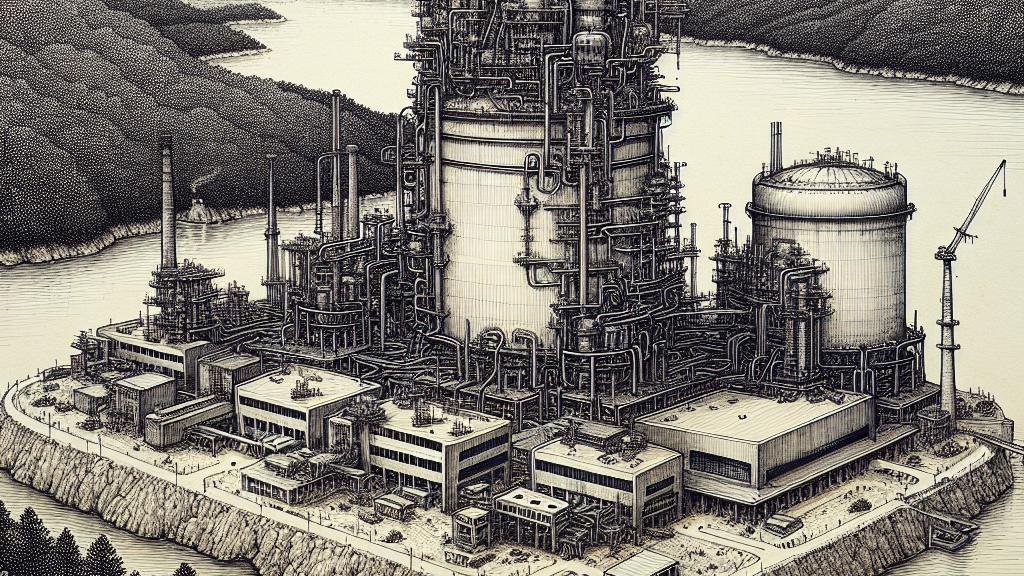Cooling Off: China's Breakthrough in Meltdown-Free Nuclear Power!
Overview
- Chinese researchers at Tsinghua University successfully demonstrate a nuclear power plant designed to prevent meltdowns.
- The HTR-PM plant features a revolutionary passive cooling system that functions without reliance on external power.
- This advancement signifies a major leap in nuclear energy safety, potentially influencing global energy policies.

Introduction to the HTR-PM Plant
A groundbreaking achievement in nuclear energy safety has emerged from Shandong Province, China, where researchers from Tsinghua University unveiled their latest innovation: the High-Temperature Gas-cooled Reactor - Pebble-bed Modular Reactor (HTR-PM). This nuclear power plant is the first of its kind to successfully utilize a fully passive cooling system, which is crucial for preventing meltdowns even when external power is entirely lost. The development represents a significant shift in nuclear technology, aiming to create a safer energy production model that other nations could soon follow.
Mechanics of Passive Cooling
The HTR-PM distinguishes itself from conventional nuclear reactors by eliminating the need for active cooling systems, which can fail during emergencies, as seen in past disasters like Fukushima. Instead, it employs a pebble-bed reactor design utilizing small, low-energy-density uranium spheres encased in graphite. This configuration enables the reactor to maintain a stable temperature without electrical power by relying on natural principles such as conduction and convection to dissipate heat. This innovation not only enhances safety but also diminishes the risk of overheating, marking a crucial advancement in reactor design and safety protocols across the industry.
Broader Implications for Nuclear Energy
The successful demonstration of the HTR-PM plant holds profound implications for the future of nuclear energy worldwide. By proving that commercial-scale reactors can function safely without reliance on active cooling systems, this achievement could drastically transform safety standards and public perception of nuclear power. As countries increasingly pursue sustainable and secure energy solutions, the HTR-PM serves as a beacon of innovation, paving the way for the adoption of safer nuclear technologies. This breakthrough not only promises to alleviate public fears about nuclear hazards but also positions China as a leader in reshaping the future of energy production.

Loading...